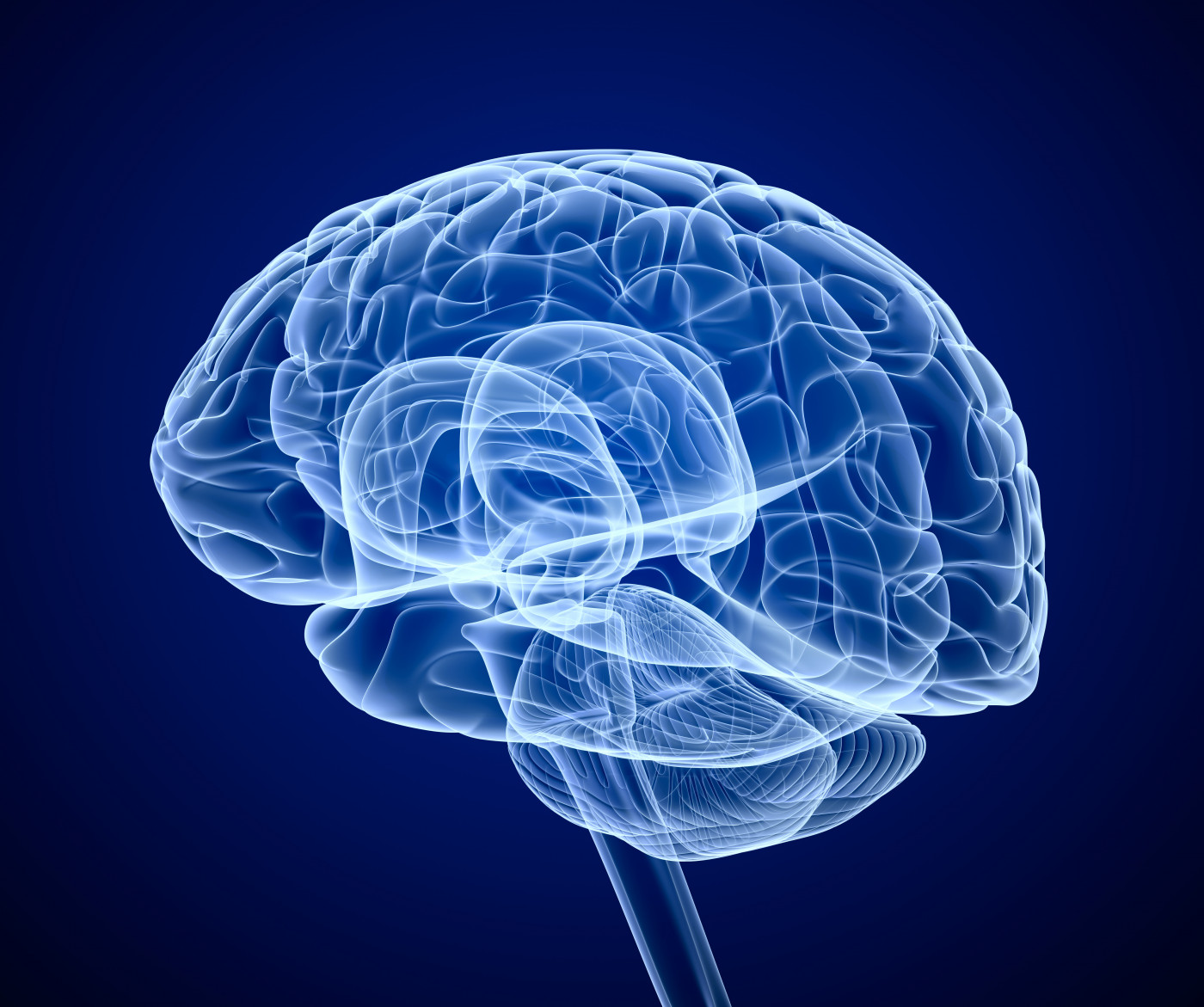Migraines Are Common in Sarcoidosis Patients, Study Finds

A recent study found that migraines are at least as common in patients with sarcoidosis as they are in the general public, and they affect women more than men. The study’s authors highlighted the need for better recognition and targeted treatment of migraine in people with sarcoidosis.
The study, “Migraine is common in patients with sarcoidosis,” was published in the journal Cephalalgia. It assessed the frequency with which migraine co-occurs in patients with sarcoidosis.
The study included 96 patients with sarcoidosis and 39 healthy controls. Women accounted for 55 percent of the patient group and 56 percent of the group of healthy individuals. Of those with sarcoidosis, 18 (19 percent) had neurosarcoidosis.
All participants filled out the I-D migraine questionnaire, a diagnostic test.
Of those with sarcoidosis, 28 (29 percent) tested positive for migraine, including six patients with neurosarcoidosis and 22 without it. Neurosarcoidosis occurs when sarcoidosis affects the brain, spinal cord, or nerves in the body.
Migraine was reported in five (13 percent) of the healthy participants.
Women were more likely than men to have migraines in both groups that were tested.
Being on immunosuppressive medication, and having blood markers of inflammation, depression, and dyspnea (shortness of breath) were not associated with migraine, nor was age. Also, migraine was not more common in patients with neurosarcoidosis than in those without it, suggesting that the presence of neurosarcoidosis does not predict migraine status in those with sarcoidosis.
Based on the results, the team wrote: “[W]e do not think this clearly demonstrates that migraine is more common in those with sarcoidosis. Rather, we consider the main finding of our study to be that migraine is common in those with sarcoidosis and as common in sarcoidosis as in healthy controls, and thus migraine should be considered in the differential when patients with sarcoidosis present with recurrent headaches and diagnosed and treated accordingly.”
The team also noted that the “female sex, a predictor of migraine in the general population, was also predictive of migraine in people with sarcoidosis.”
Finally, they recommended more studies to better understand the relationship between sarcoidosis and migraines.






